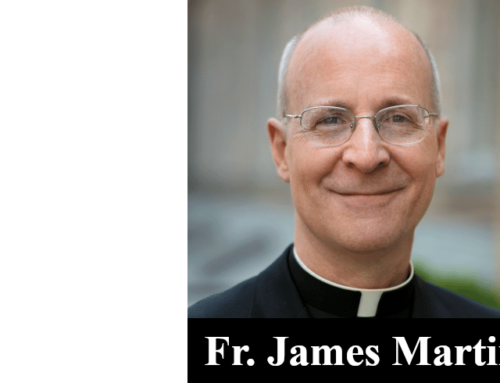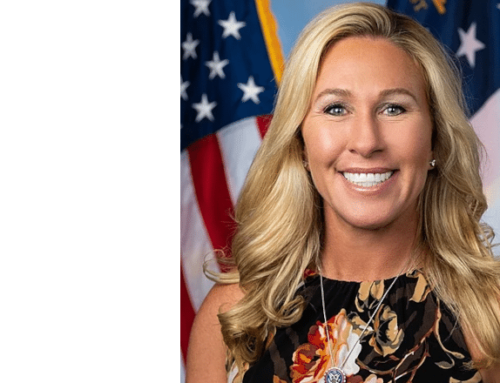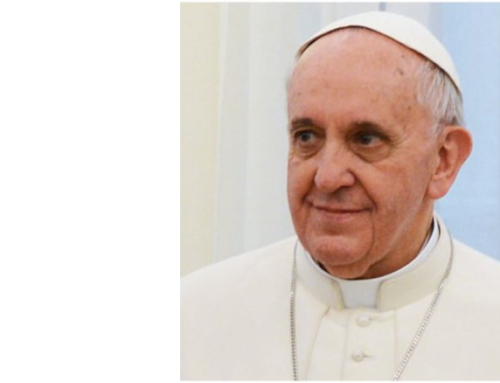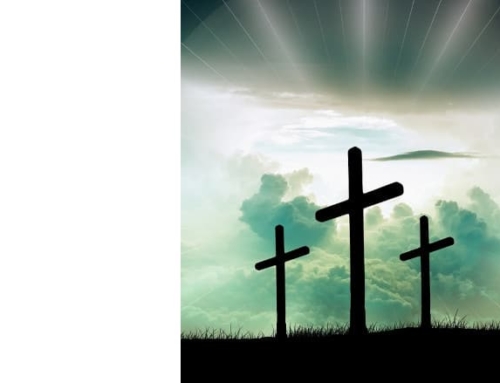Catholic League president Bill Donohue comments on an article by the Associated Press on the Catholic Church’s participation in the Payroll Protection Program:
Nancy Pelosi’s husband, who has a net worth of $120 million, co-owns a company that received a Payroll Protection Program (PPP) loan; he and his wife are worth $202 million. The Los Angeles Lakers, which are worth $4.4 billion, received PPP funding as well; they gave back the $4.6 million loan after being publicly embarrassed. Lucrative Hollywood law firms also raked in PPP funds.
None of this is of any interest to the Associated Press (AP). On February 4, it continued its obsession with the Catholic Church by running a lengthy piece on this subject (it ran another barn burner in July on the same subject).
What exactly did AP find that upset it so much? It learned that 112 Catholic dioceses collected $1.5 billion in PPP loans; it estimates that if all the dioceses shared their financial statements the figure would be about double that amount. It contends that given the resources of the Catholic Church in the United States, this money was too generous.
Of course, the case could be made that the money was not generous enough.
Due to restrictions on church attendance occasioned by the coronavirus pandemic, donations to parishes have taken a serious hit. Catholic schools have been especially hit hard—over a hundred have closed—as many parents have found it difficult to pay tuition expenses. Moreover, many of those who work for the dioceses have had to be laid off, and wage cuts had to be made for others. AP makes brief mention of these hardships but still insists that the Church received too much money.
AP claims that the Catholic Church is sitting on $10 billion in total assets. How does it come up with such a figure? It estimates real estate properties owned by the Church, as well as funds held by charitable foundations. It also includes “funding that dioceses had opted to designate for special purposes instead of general expenses; excess cash that parishes and their affiliates deposit with their diocese’s savings and loan; and lines of credit dioceses typically have with outside banks.”
It is striking to note that AP did not do the same computation for other religions. The reason we don’t know ballpark estimates of the total holdings of Protestant churches, synagogues, mosques, temples and other religious institutions is because the AP has no interest in conducting such a probe. It is singularly focused on the Catholic Church.
Did the Church need the PPP funds? Not according to AP. How does it know? It quotes Fr. James Connell, a retired administrator who worked in the Archdiocese of Milwaukee. “Was it want or need?” Connell said. “Need must be present, not simply want.” If that isn’t lame enough, consider who Connell is.
He is a long-time Church dissident who co-founded Catholic Whistleblowers in 2013, a tiny group of malcontents that sought to out priests who abused minors. Perversely, Connell was charged several years earlier with covering up for the worst American molester in the history of the Catholic Church, Fr. Lawrence Murphy. Yet AP considers him to be a trusted source.
AP never bothers to tell its readers that the Catholic Church is the nation’s largest non-government supplier of social services. The Church serves millions of people in need, many of whom are not Catholic. It operates schools, hospitals, foster care agencies, homeless shelters, orphanages and the like, never turning away anyone for lack of funds. An honest article on the Church’s PPP loans would dig deep into this story.
Last July, AP ran its first story on this issue. Cardinal Timothy Dolan, Archbishop of New York, made an interesting observation at that time that is relevant to AP’s latest story. “Nationally,” he wrote, “the Small Business Administration [SBA] approved over 88,000 loans to religious organizations, supporting more than 1 million jobs. Why then focus solely on the Catholic Church, unless the reporters had some animus towards the Church (which we suspect they do)?”
It is not as though AP could not find data on other religions. The Detroit Free Press published a story on July 10, 2020—the same day the initial AP story ran—that was rich with evidence.
“Michigan Churches, Synagogues, Mosques Get Millions in Federal PPP Loans” detailed exactly how much various religious organizations received. Unlike AP’s story, it never tried to tar the Catholic Church. This begs the question: If this local paper had access to data on other religions, why did AP choose not to report it?
Under the Trump administration, houses of worship hit hard with Covid-19 were treated by the SBA the same way secular institutions were. It is this policy of non-discrimination that bothers AP the most. Lest we forget, the SBA’s PPP was included in the Coronavirus Aid, Relief, and Economic Security (CARES) Act. It was unanimously passed in the Senate and was approved via a voice vote, without opposition, in the House.
AP is no longer the respected national wire service it once was. No wonder the majority of the American people no longer trust the media.
Contact Sally Stapleton, global religious editor: sstapleton@ap.org







